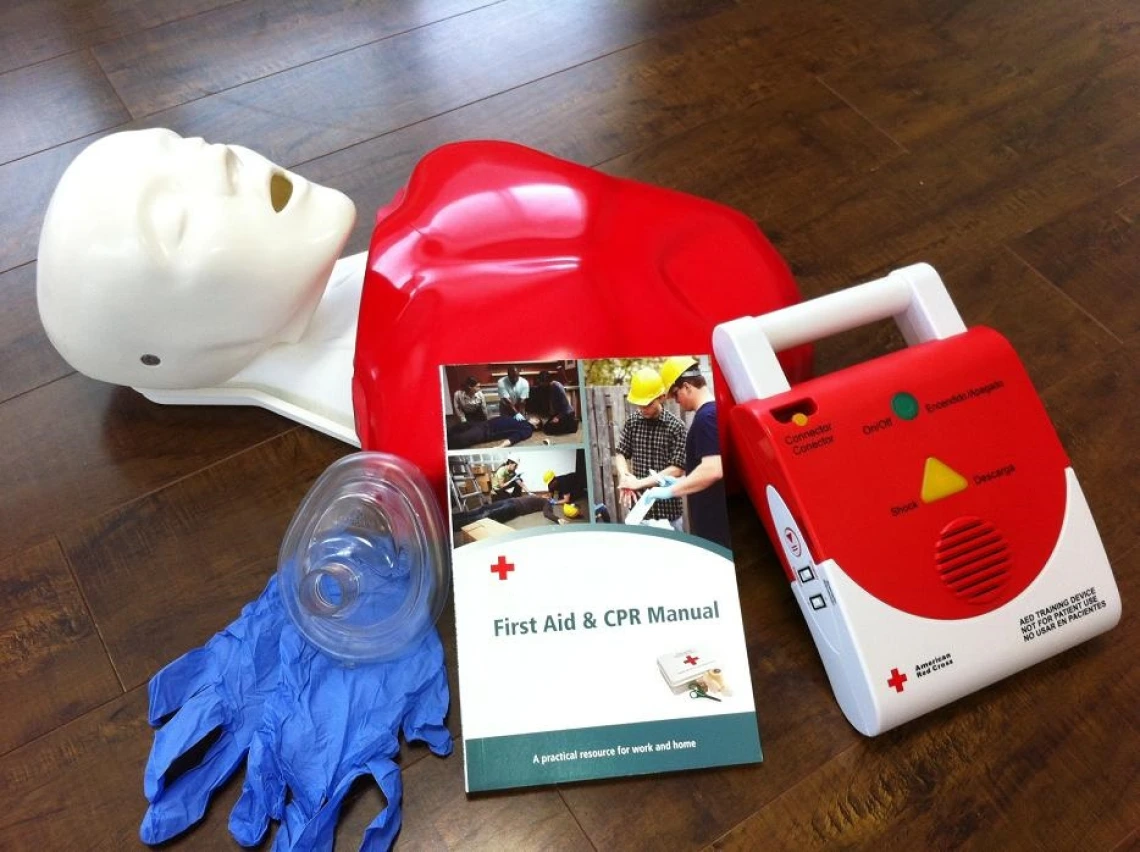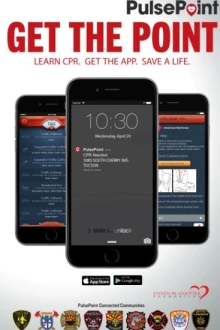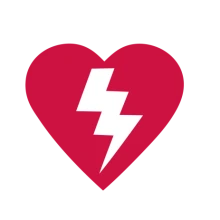CPR and AEDs Save Lives, Especially Young Healthy Athletes
We’ve learned a great deal about improving survival rates and quality of life for sudden cardiac arrest patients.


Recent data has shown markedly improved outcomes with use of automated external defibrillators (AEDs) at youth and college sporting events. So much so that the USA Football Foundation recently stated that all youth athletic programs should strongly consider having an AED on site for practices and games.
During 2000 to 2006 when AEDs were uncommon, long-term sudden cardiac survival rates were only about 11 percent at youth and college sporting events. In 2013, as AEDs became more available, the survival rate reached a remarkable 71 percent, with AEDs used in 85 percent of sudden cardiac arrest cases.

In Southern Arizona we are fortunate to have the Steven M. Gootter Foundation as a partner in the fight against this often unexpected and untimely killer of both participants and spectators of sporting events. We believe no one should have to wait unnecessarily for proven, life-saving defibrillation therapy in today’s world where AED technology exists. At the UA Sarver Heart Center, we have seen remarkable saves with good long-term outcomes among high school, university, and adult sports participants suffering sudden cardiac arrest when an AED is present and utilized quickly. Our personal experience with successful AED use for sport-related cardiac arrest includes:
- a 40-year-old masters swimmer at UA Hillenbrand Aquatic Center
- a 50-year-old tennis player at Tucson Racquet Club
- a 15-year-old high school marching band member at University High
- a 45-year-old high school soccer referee

So, during CPR and AED Awareness Week, do what you can to be prepared in case you witness a sudden cardiac arrest. Visit the Sarver Heart Center “Learn CPR” page to learn how to recognize sudden cardiac arrest and how to respond. (Share these resources with your family and friends, too!) Also, download the Pulse Point app that was brought to Southern Arizona with support from the Gootter Foundation. This app will give you an alert when you’re in the immediate vicinity of a cardiac emergency. It will tell you where help is needed and the location of a nearby AED.
Another good thing to remember are the 3 C's to Save a Life
Check… Call… Compress in Cases of Sudden Cardiac Arrest
If you see someone collapse unexpectedly this is usually the result of cardiac arrest. Studies have shown that by doing chest compressions only, without mouth-to-mouth breathing, bystanders increase the person’s chance of survival. Follow these three steps to perform Chest-Compression-Only Resuscitation:
- Check for responsiveness - Shake the person and shout, “Are you OK?”
- Call - Direct someone to call 9-1-1 or make the call yourself if the person is unresponsive and struggling to breathe (gasping or snoring).
- Compress - Begin forceful chest compressions at a rate of 100 per minute. Position the victim back down on the floor. Place the heel of one hand on top of the other and place the heel of the bottom hand on the center of the victim’s chest. Lock your elbows and compress the chest forcefully; make sure you lift up enough to let the chest recoil.

If you suspect drowning or drug overdose, follow standard CPR procedures (alternate 30 chest compressions with two mouth-to-mouth breaths).
Remember, #CPRsaveslives!
About the Author
Karl B. Kern, MD, is a co-director and the Gordon A. Ewy, MD Distinguished Endowed Chair of Cardiovascular Medicine at the University of Arizona Sarver Heart Center, and professor of medicine at the University of Arizona College of Medicine - Tucson. Dr. Kern graduated magna cum laude from Brigham Young University. Following his graduation, he attended Hahnemann Medical College in Philadelphia, where he graduated Alpha Omega Alpha. His postgraduate education and cardiac fellowship training were at the University of Arizona.
Dr. Kern is a fellow of the American College of Physicians, a fellow of the Council of Clinical Cardiology of the American Heart Association, a fellow of the American College of Chest Physicians, a fellow of the American College of Cardiology and a fellow of the Society for Cardiovascular Angiography and Interventions.
Dr. Kern's research interests are in cardiopulmonary resuscitation and coronary blood flow. He is the coordinator of the University of Arizona Sarver Heart Center Cardiopulmonary Resuscitation Research Group. He is leading a pilot clinical study that will help answer the question: “Does an early heart catheterization improve cardiac arrest survival, regardless of what the ECG shows?”
He was inducted as an honorary member of the European Resuscitation Council in 2014 and named a CPR Giant by the International Liaison Committee on Resuscitation in 2015. He has been awarded numerous American Heart Association grants, an AHA-Flinn Young Investigator award, and two three-year awards from the Arizona Disease Control Research Commission grant in the area of basic CPR research. He has published over 175 peer-reviewed scientific articles.
He has received numerous honors for excellence in teaching. He was voted House Officer Educator of the Year and is on the Dean's List for Excellence in Teaching. In 1995-96, he was a Dean’s Teaching Scholar at The University of Arizona College of Medicine. He received the Cardiology Fellowship Teaching Award in 1999 and the Cardiology Fellowship Mentoring Award in 1996, and again in 2001. Dr. Kern has been a Visiting Professor at the Sao Paulo School of Medicine, Sao Paulo, Brazil, and at The Leopold-Franzeus University of Innsbruck in Innsbruck, Austria.
Dr. Kern is active in the American Heart Association, serving as president of the Old Pueblo Division, Arizona Affiliate in 1992, and president of the AHA - Arizona Affiliate in 1993. He was chairman of the American Heart Association National Subcommittee for Advanced Cardiac Life Support (ACLS) from 1997-2000. He is a past chairman of the Emergency Cardiac Care Committee of the American College of Cardiology and a past governor for Arizona for the American College of Cardiology.
Dr. Kern is past chief of staff for Banner- University Medical Center, and the director of the Cardiac Catheterization Laboratories. He is an active interventionalist.
Dr. Kern has been named as one of the “Best Doctors in America” since 1996.

